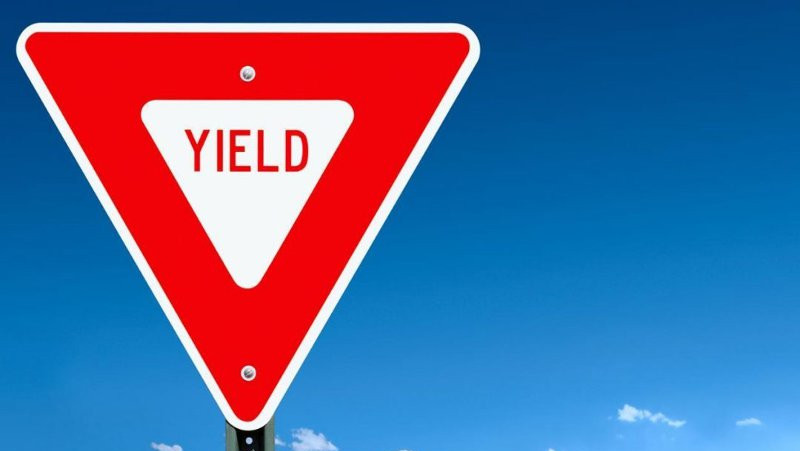“If I already have a yield management solution (either as a stand-alone or built into my PMS), why do I need a revenue management system?”
NB: This is an article from RoomPriceGenie, one of our Expert Partners
Great question! We’re going to answer it for you, in detail, in today’s blog post – but before we do, let’s start with the basics:
Subscribe to our weekly newsletter and stay up to date
“What is Yield Management?”
Hotel rooms are a time-constrained, perishable product, which means they lose their value at the end of every day. As such, yield management is designed to maximize room revenue by selling the most possible rooms, to the right customers, at the best rate, at the right time. Yield management solutions (which are often built into PMS), will examine your property’s internal data – including room segments/pricing, historical data, the level of demand, and the number of rooms sold, among many other internal factors – and make pricing determinations to maximize revenue opportunities. Very often yield management systems are rules-based and therefore have limitations (more on this later).
Now, on to our next question:
“What is Hotel Revenue Management?”
Like yield management solutions, revenue management systems (RMS) are designed to maximize a property’s revenues but (in addition to factoring in the hotel’s internal data) RMS also factor in external market data to identify the most accurate price, in real-time, as supply and demand in your destination changes.
To make this crystal clear, I’m going to go into a bit more background information about how RMS obtain, process and analyze market data. It’s important to know that the term “market data” represents an immense, unimaginable quantity of Big Data, which includes competitor pricing, tourist demand, local events, and many more external market data points. No human will ever have the capacity to process and analyze market data manually, so RMS have integrated sophisticated Artificial Intelligence (AI) algorithms to collect, analyze and process the huge amount of market data available and parse it down to a single, specific call-to-action (i.e., change room rate, update distribution mix, etc.) – again, factoring in both internal and external market data.
I can imagine you thinking…
“Lots of great information but you still haven’t answered my question: which automated pricing solution is the best for my hotel?”
Don’t worry! I promise to give you an answer very soon but first, we must examine how each type of solution establishes pricing suggestions to better understand which one will provide you with the most accurate room rates today.
Yield management systems use rule-based data analysis models; in non-tech speak, that means that it uses rules like “if ____________ then do _____________”. Here’s an example: “if occupancy is over 80%, then increase room rates by 5%.” While they were helpful in the past, rules-based models can only be effective when the current market is performing similarly to how the market did in the past; in short, rules-based models only work when you are comparing “apples” to “apples.”
But what happens when you start comparing “apples” to “oranges” (or “2019” to “the pandemic-ravaged years that followed”)?
The type of data that your pricing solution uses to calculate room rates is particularly important, post-pandemic. Here’s why… COVID travel patterns and booking behavior made historical data historic (pardon the pun!) because it is no longer representative of the travel patterns that we are experiencing in today’s marketplace; so if you were to price your rooms according to historical data (when demand was at an all-time low) today, your system would provide inaccurate suggestions, which can result in leaving money on the table or pricing your rooms out of the market. Either way, lose/lose.
That’s where revenue management systems (and the sophisticated AI-based technology that powers them) comes in…
RMS collect and analyze market data, which updates as supply and demand changes; once collected, the data is then processed by data analysis models called algorithms, which are infinitely more powerful and more accurate than rules-based data models could ever be. Revenue management systems collect the market data in “real-time” (in other words, “as it happens”), adjusting according to many different market variables, so only a high-speed, algorithm-based data processing model can keep up with our ever-changing, highly dynamic post-pandemic travel market.
So finally, to get back to your question, there is a clear winner:
Revenue management systems (RMS) are the only pricing solutions which can maximize hotel revenue in today’s completely unpredictable, highly competitive travel market.
Only a revenue management system accurately compares internal data against real-time market data, ensuring that your rooms are priced right, every night, no matter how the market changes.





